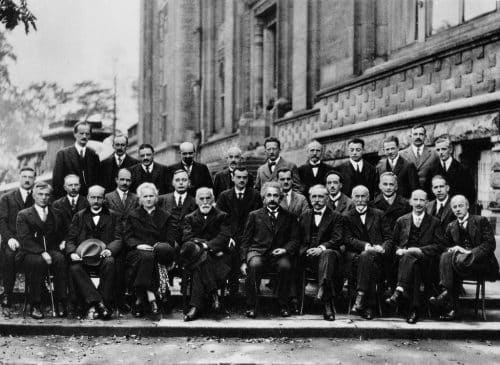Launching humans to Mars may not require a full tank of gas: A new MIT study suggests that a Martian mission may lighten its launch load considerably by refueling on the moon.
Previous studies have suggested that lunar soil and water ice in certain craters of the moon may be mined and converted to fuel. Assuming that such technologies are established at the time of a mission to Mars, the MIT group has found that taking a detour to the moon to refuel would reduce the mass of a mission upon launch by 68 percent.
The group developed a model to determine the best route to Mars, assuming the availability of resources and fuel-generating infrastructure on the moon. Based on their calculations, they determined the optimal route to Mars, in order to minimize the mass that would have to be launched from Earth — often a major cost driver in space exploration missions.
They found the most mass-efficient path involves launching a crew from Earth with just enough fuel to get into orbit around the Earth. A fuel-producing plant on the surface of the moon would then launch tankers of fuel into space, where they would enter gravitational orbit. The tankers would eventually be picked up by the Mars-bound crew, which would then head to a nearby fueling station to gas up before ultimately heading to Mars.
Olivier de Weck, a professor of aeronautics and astronautics and of engineering systems at MIT, says the plan deviates from NASA’s more direct “carry-along” route.
“This is completely against the established common wisdom of how to go to Mars, which is a straight shot to Mars, carry everything with you,” de Weck says. “The idea of taking a detour into the lunar system … it’s very unintuitive. But from an optimal network and big-picture view, this could be very affordable in the long term, because you don’t have to ship everything from Earth.”
The results, which are based on the PhD thesis of Takuto Ishimatsu, now a postdoc at MIT, are published in the Journal of Spacecraft and Rockets.
A faraway strategy
In the past, space exploration programs have adopted two main strategies in supplying mission crews with resources: a carry-along approach, where all vehicles and resources travel with the crew at all times — as on the Apollo missions to the moon — and a “resupply strategy,” in which resources are replenished regularly, such as by spaceflights to the International Space Station.














